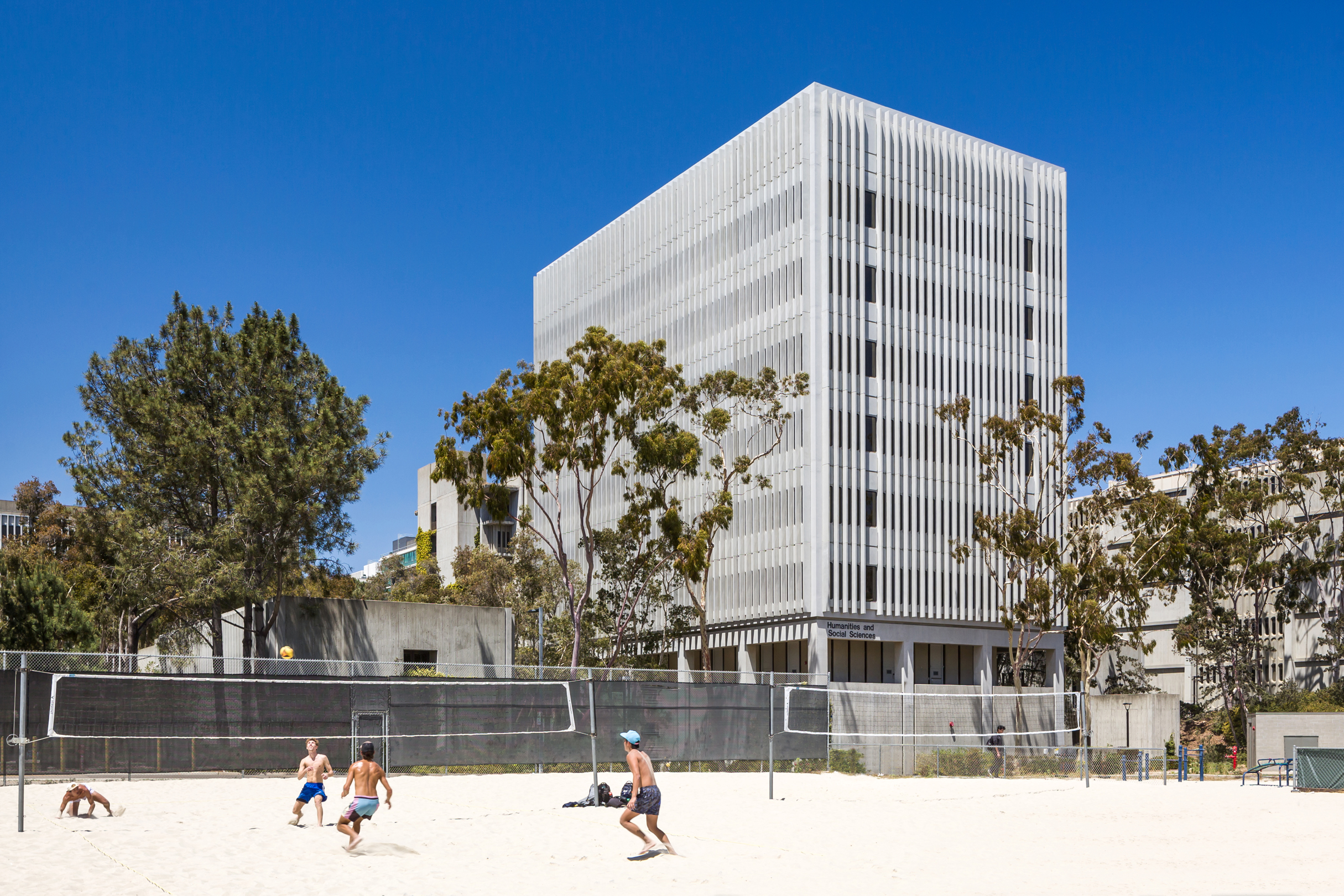Resilience & Sustainability
Innovative Rehabilitation of UCSD Humanities and Social Sciences Building honored for Preservation Design Award
The Humanities and Social Sciences Building at UC San Diego is a winner of the 2025 Preservation Design Award for Craftsmanship/Preservation Technology. The California Preservation Foundation’s awards showcase the best in historic preservation.
